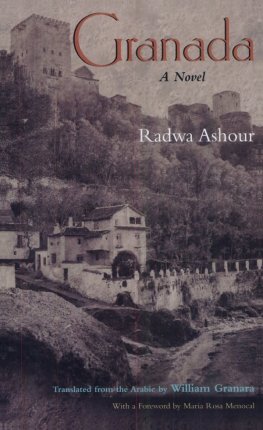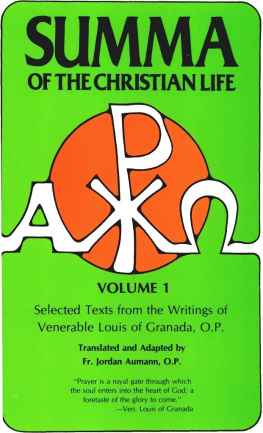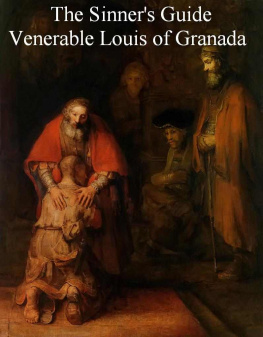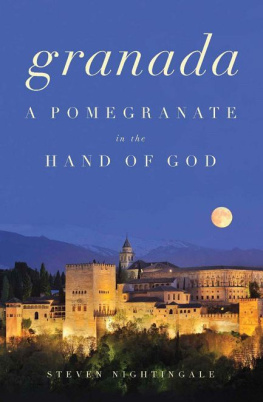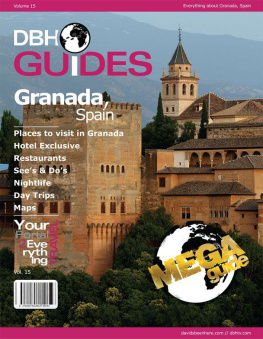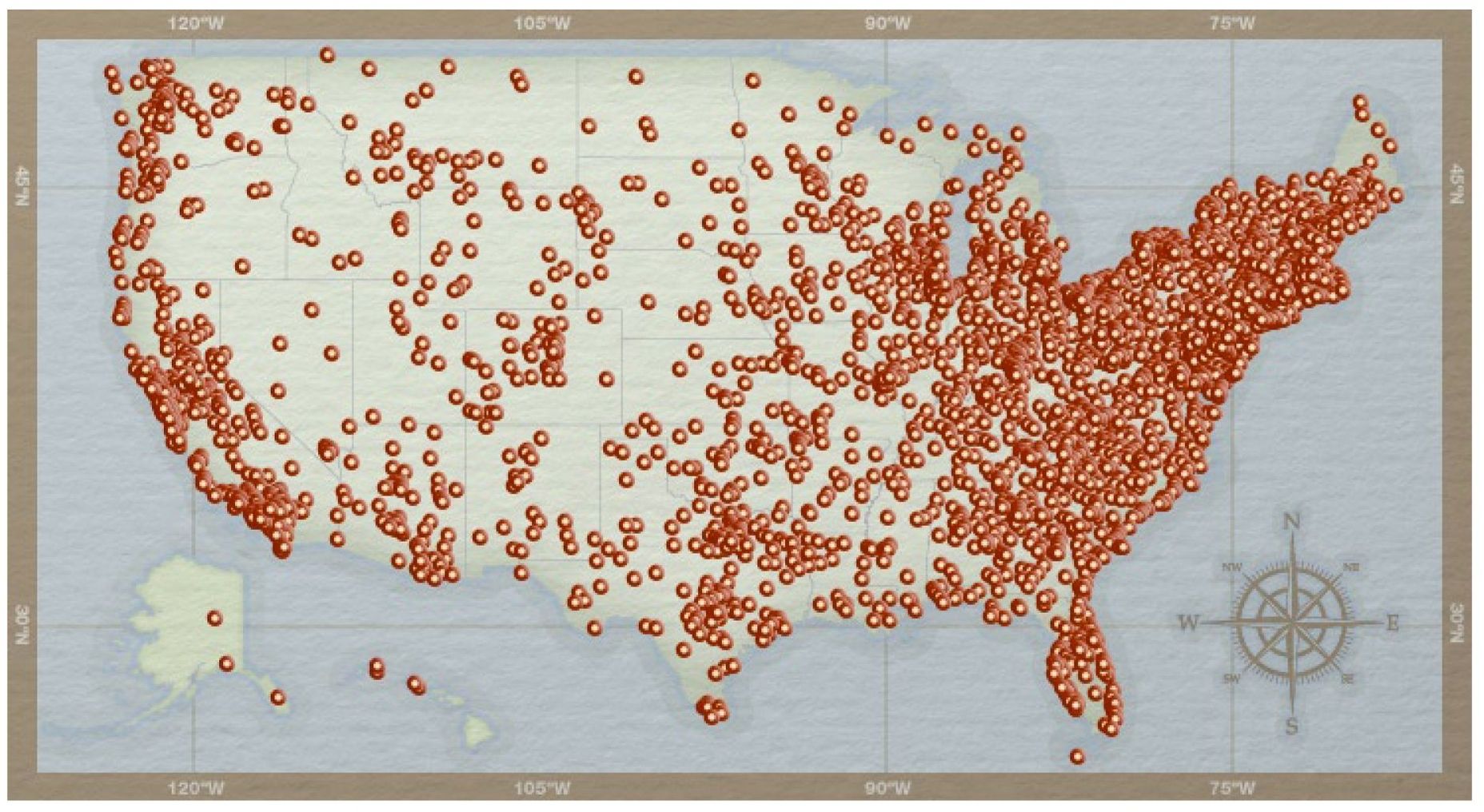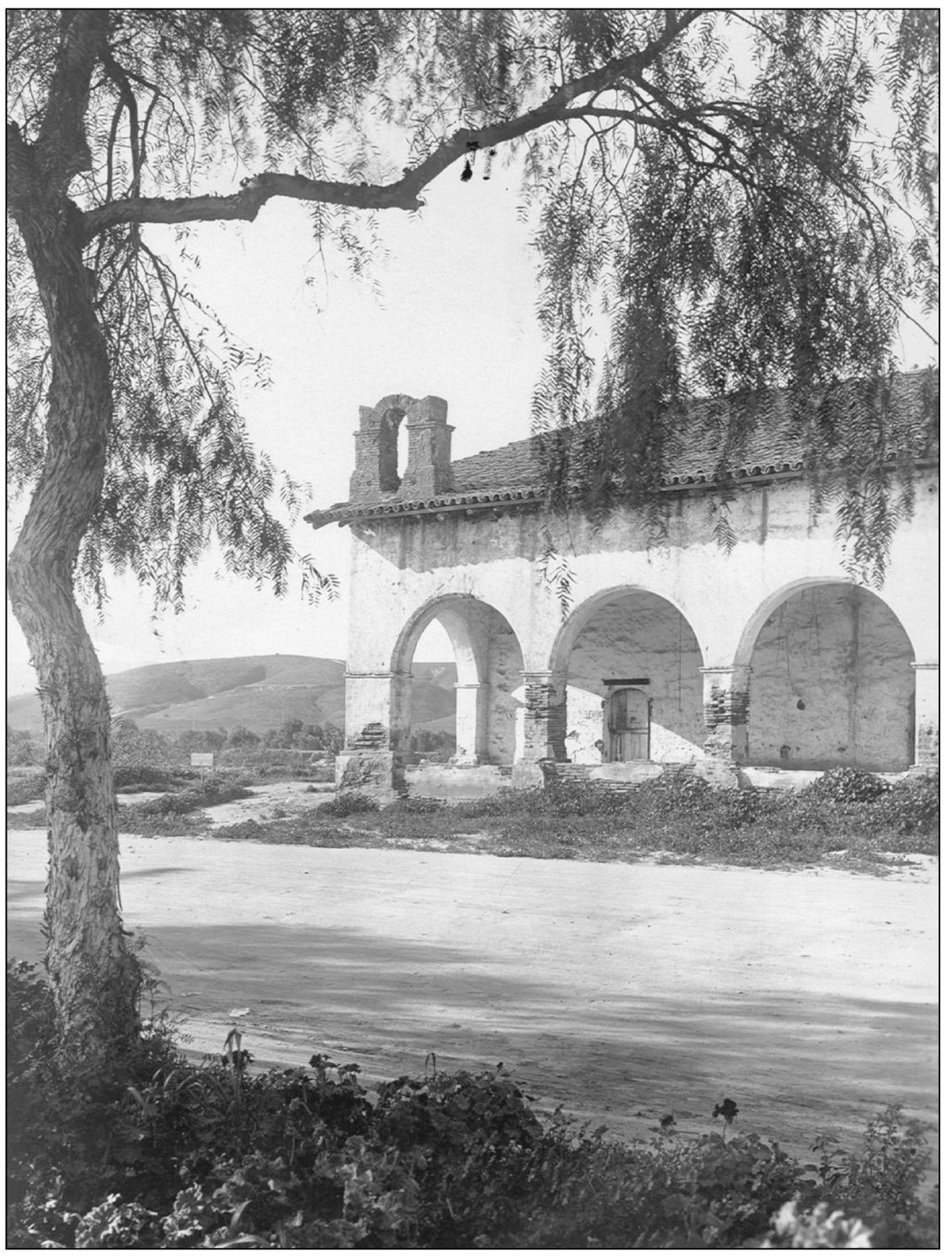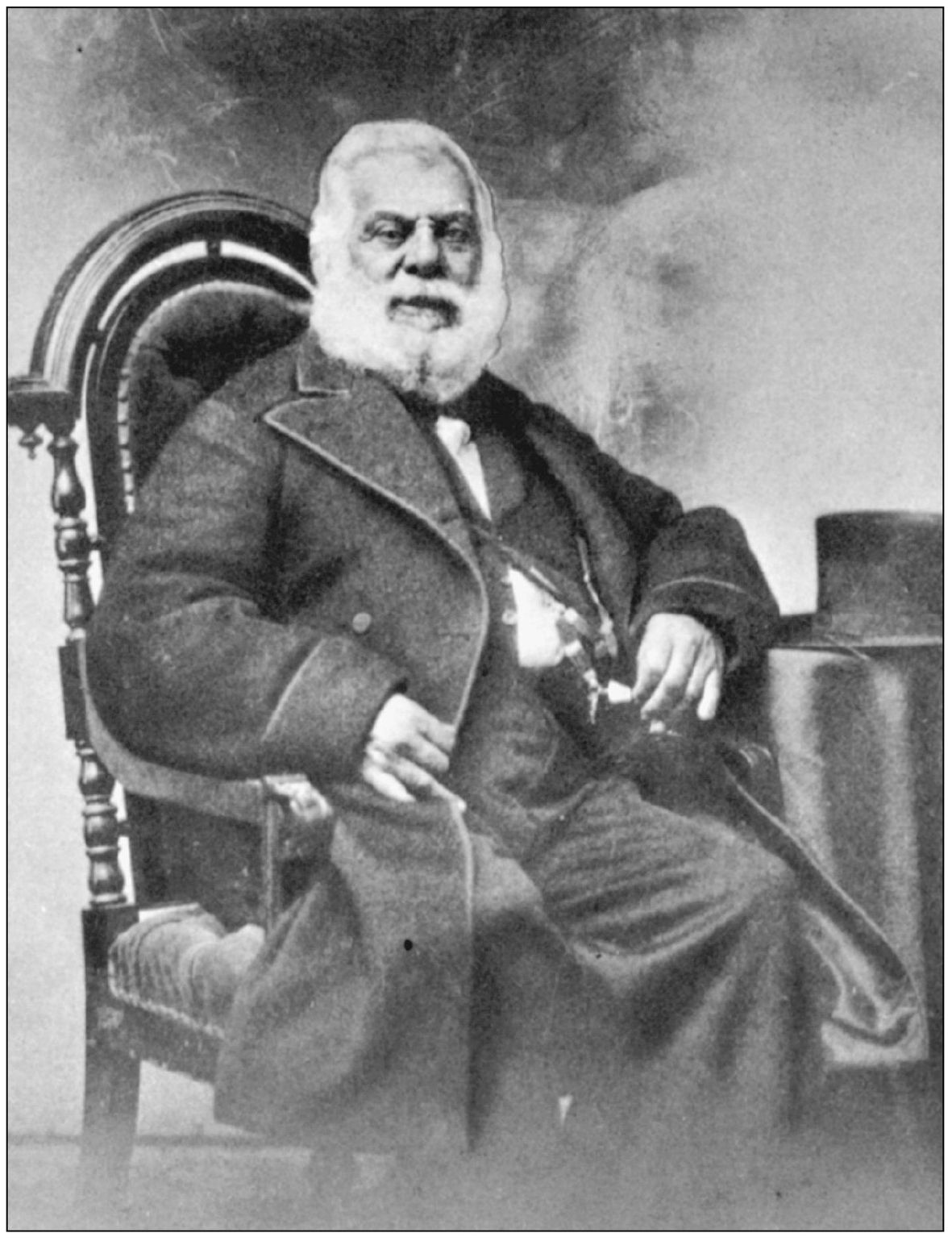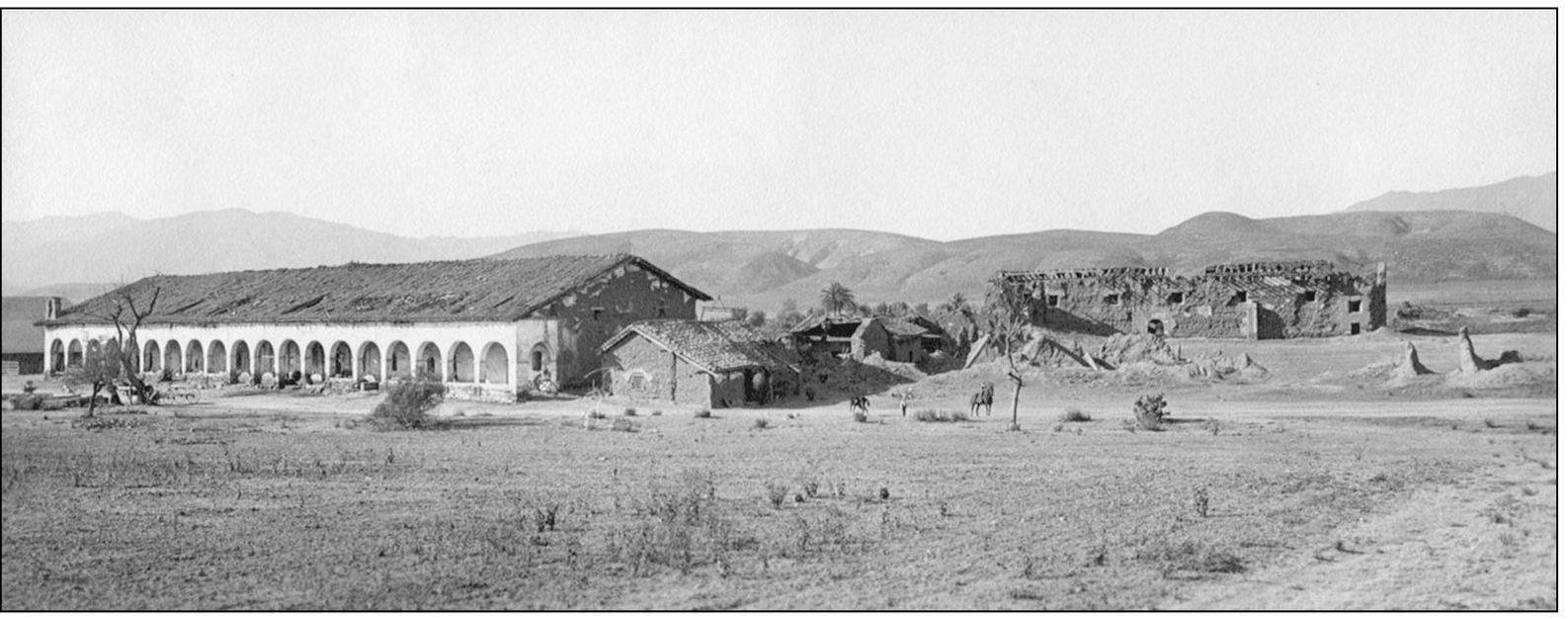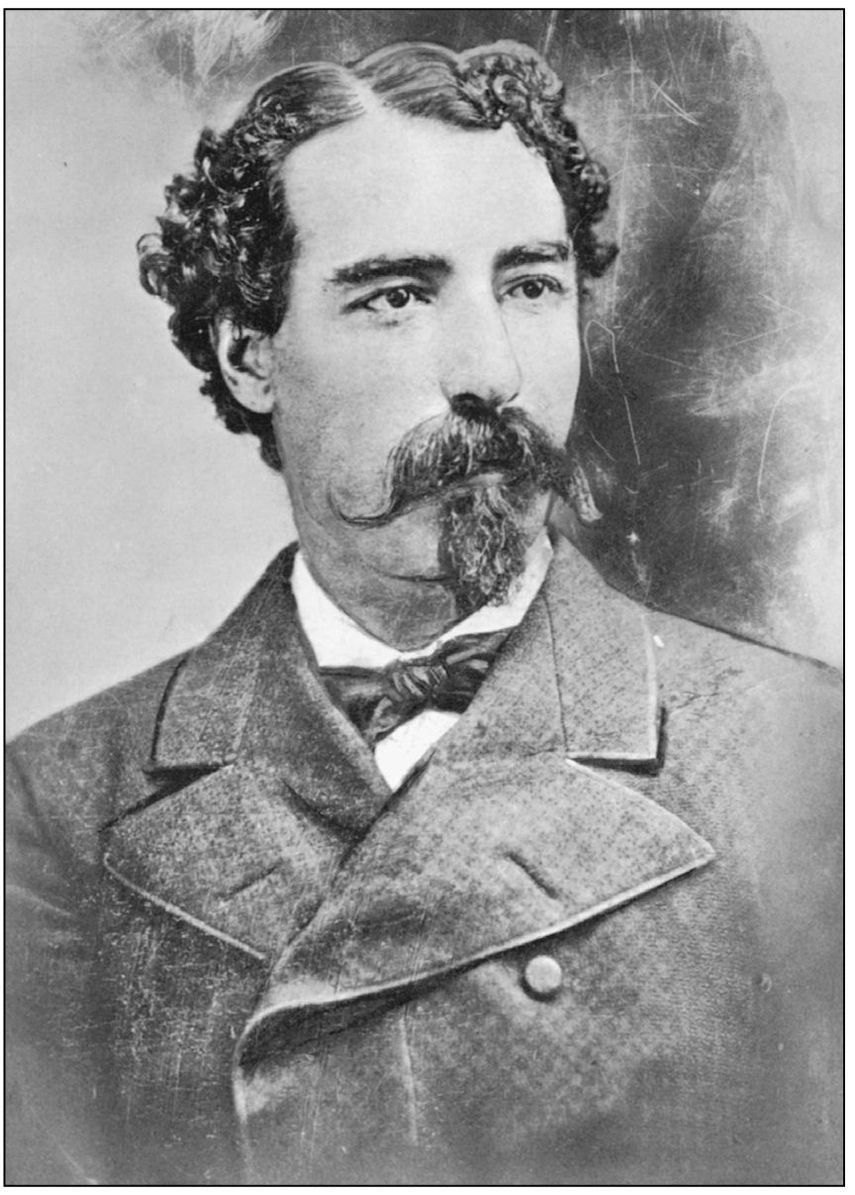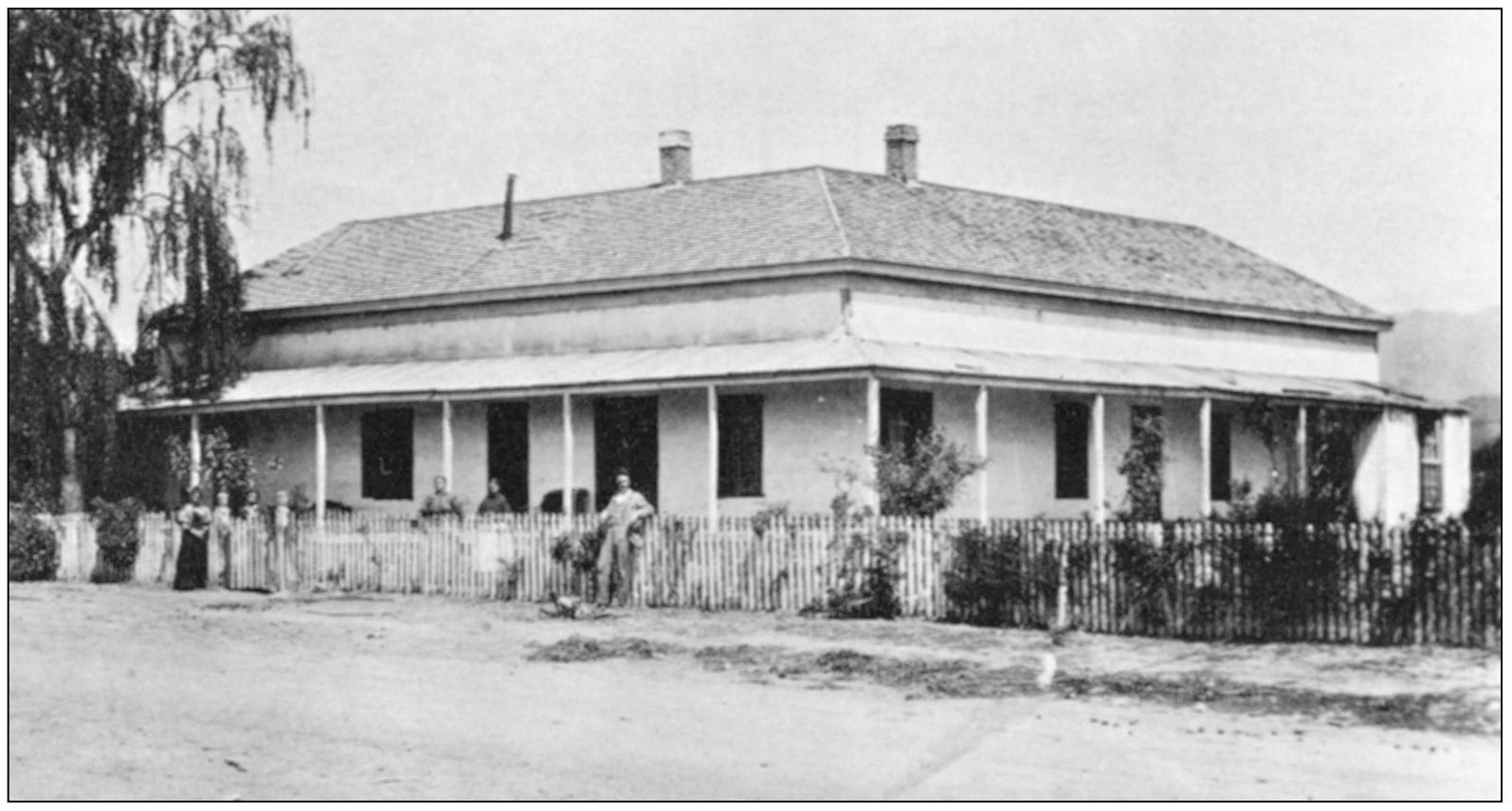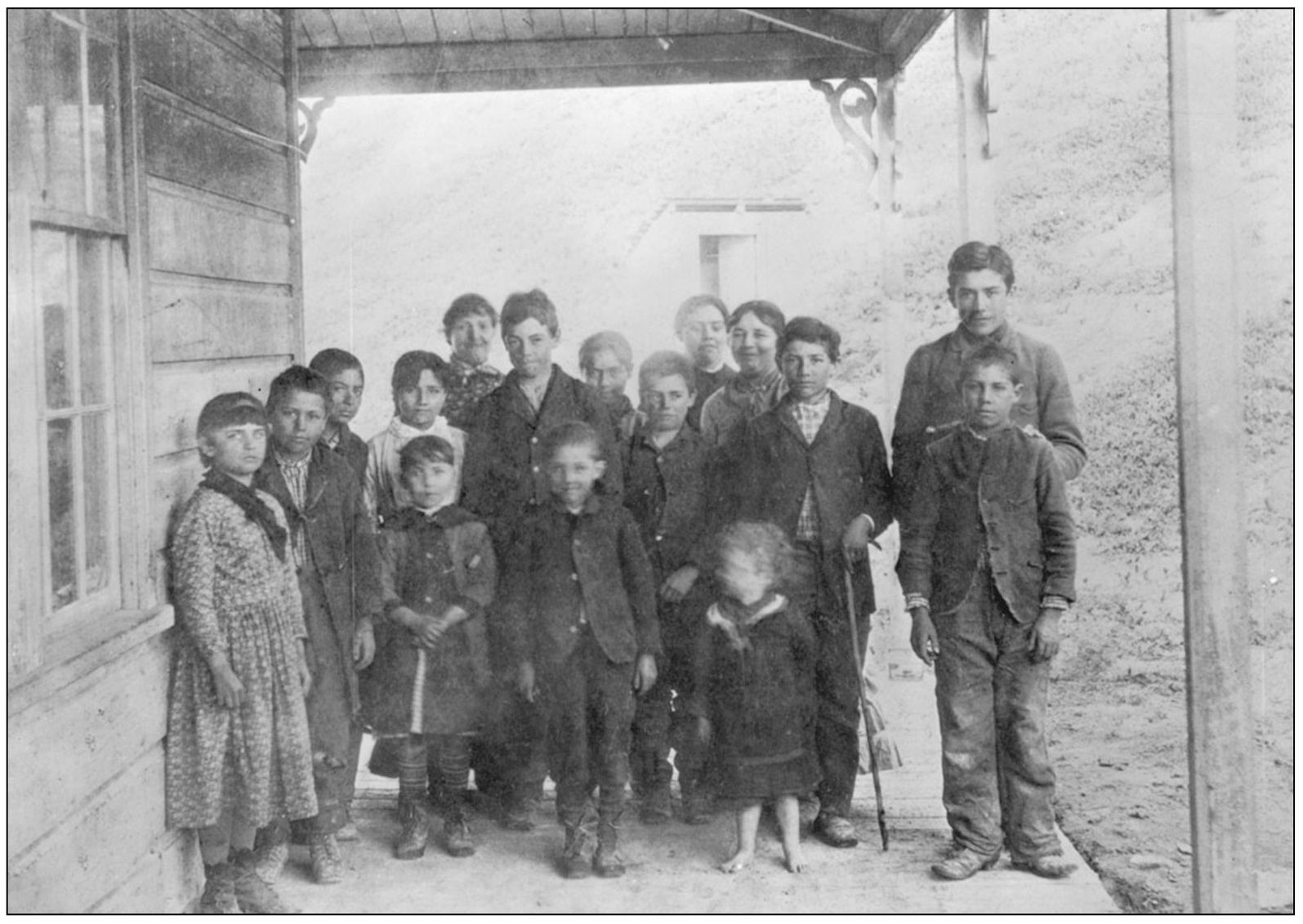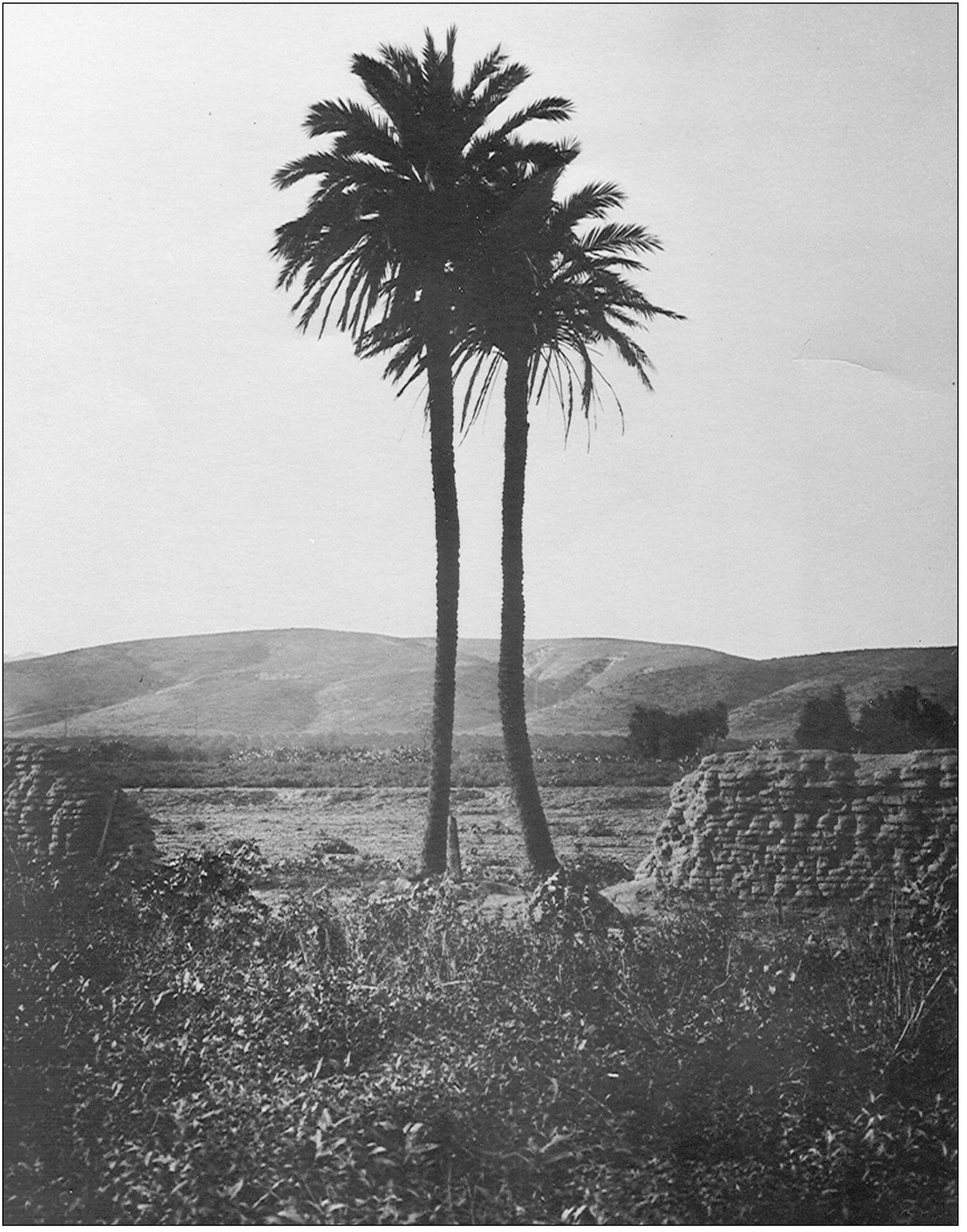ACKNOWLEDGMENTS
Thomas Wolfe famously wrote, You cant go home again, but he never said you could not go back and visit every once in awhile. That is what this book is intended to bea visit to Granada Hills through the decades.
In most of the literature published on the history of the San Fernando Valley, rarely is anything mentioned about my hometown, Granada Hills. For this reason, and with the encouragement of friends and family, I decided to write this book.
But where to find the range of different images needed to tell the story of Granada Hills? I anticipated I could get help from some of my old Granada Hills friends. What I didnt expect was that places I had hoped would have a significant amount of material really did not. Many had lost their archives in the earthquakes or in other accidents. In some cases, families not able to keep everything simply threw material away not thinking it might have interest to others.
Thankfully, there is a reason Granada Hills is called The Valleys Most Neighborly Town. This book is the result of the neighborly spirit of more than 100 current and former Granada Hills residents and institutions willing to open their photo albums and scrapbooks or to dig into long-hidden boxes of memorabilia. For every image in this book, at least three or four more could have easily been used.
There is not sufficient room to acknowledge everyone who helped with this book. Their names are found alongside the images they shared. I will be forever grateful for the help provided and the memories shared. Of all those who lent a hand, however, this effort would have been impossible without the assistance of two particular individualsJim Summers and Ken Morris.
I also thank my wife, Renette, and my daughters Caitlin and Olivia for their love and support over the several months it took to complete this effort.
Finally, this book is dedicated to the memory of my father, Ed Hier, who instilled in me a lifelong interest in history; and my mother, Ann Hier, who, along with Dad, gave my siblings and me the opportunity to call Granada Hills our hometown.
Find more books like this at
www.imagesofamerica.com
Search for your hometown history, your old
stomping grounds, and even your favorite sports team.
One
THE ENCHANTED HILLS
17971903
On September 8, 1797, Franciscan missionaries founded San Fernando Mission Rey de Espaa, the 17th of 21 missions eventually established by the Catholic Church. The mission and its more than 120,000 acres encompassed most of the San Fernando Valley. Early missionaries called the rolling foothills northwest of the San Fernando Mission La Encantada Cuestas, the Enchanted Hills. Today this area is known as Granada Hills. (Courtesy San Fernando Mission Archives.)
Following Mexicos independence from Spain in 1822, Mexican leaders confiscated the vast holdings of the Franciscan missions. The San Fernando Mission was secularized in 1834. In December 1845, Gov. Pio Pico, the last Mexican governor of California, granted his brother Andres Pico a nine-year lease for most of the land that today comprises the San Fernando Valley. (Courtesy San Fernando Valley Historical Society.)
The 1834 secularization proved disastrous for the San Fernando Mission. Buildings fell into disrepair and were heavily vandalized. After obtaining his lease, Andres Pico opted to live at the old mission and enjoyed a reputation for entertaining and utilizing the missions convento , or long building, for lavish parties. Pres. Abraham Lincoln confirmed church ownership to 170 acres, including the mission buildings, in 1862. (Courtesy San Fernando Mission Archives.)
In 1846, Eulgio de Clis, a successful Los Angeles merchant, purchased the mission lands. In 1856, he failed to sell Rancho Ex-Mission San Fernando for 50 an acre. Following de Cliss death in 1869, his heirs sold more than 50,000 acres, including the old mission, to former state senators Charles Maclay and George K. Porter, and to Porters cousin B. F. Porter in 1874. (Courtesy San Fernando Valley Historical Society.)
Andres Pico distinguished himself during Mexicos war with the United States, leading Mexican forces in California. On January 13, 1847, he met John C. Fremont at Campo de Cahuenga and signed the Treaty of Cahuenga. Following the wars end, Pico returned to his home at the old mission. Andres Pico remained active in California politics, including serving as state senator in the 1860s. (Courtesy San Fernando Valley Historical Society.)
In 1861, Geronimo and Catalina Lopez bought about 40 acres of land north of the mission where they built Lopez Station. The station served as a stop on the Butterfield Overland Mail Stage Companys Los Angeles to San Francisco route. Today Lopez Station lies beneath the land once covered by the Van Norman Reservoir. (Courtesy San Fernando Valley Historical Society.)
Lopez Station housed the first English-speaking school in the San Fernando Valley, with approximately 25 students regularly enrolled. The school closed in 1884. The station also served as a general store, the valleys first post office, and a popular place to rest for weary travelers. One frequent guest was the infamous bandit Tiburcio Vasquez. (Courtesy San Fernando Valley Historical Society.)
In April 1874, with financial assistance from former California governor Leland Stanford, former state senators Charles Maclay, George K. Porter, and Porters cousin Benjamin Franklin Porter purchased Rancho Ex-Mission San Fernando. On seeing the San Fernando Valley for the first time, Maclay is said to have proclaimed, This is Eden! The Porters owned two-thirds of the property, the area west of present-day Sepulveda Boulevard. Maclay owned the land east of Sepulveda Boulevard, including the old mission and the area that today encompasses the City of San Fernando and Pacoima. Maclay concentrated on subdividing his property, while the Porters focused on agriculture. (Courtesy San Fernando Mission Archives.)


